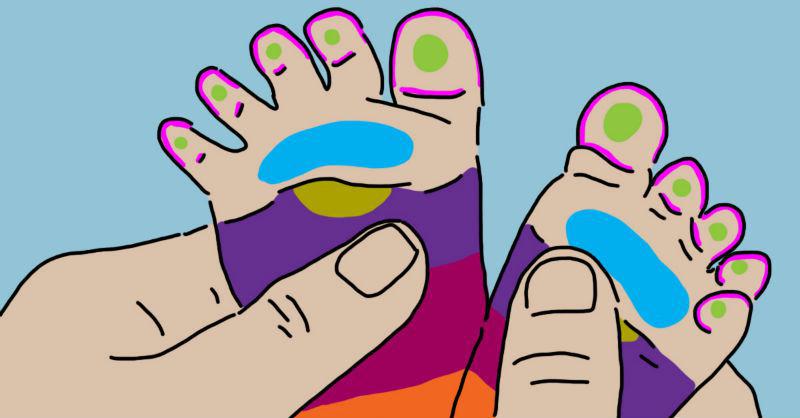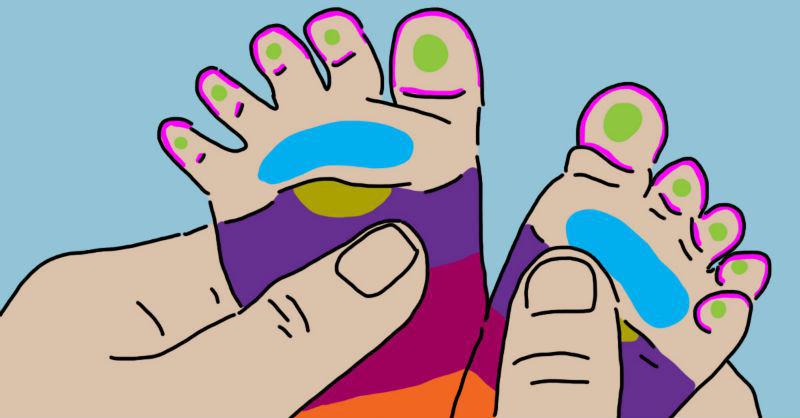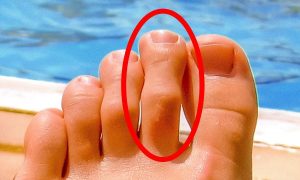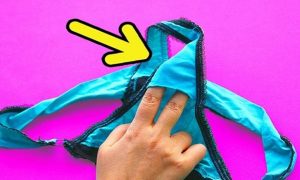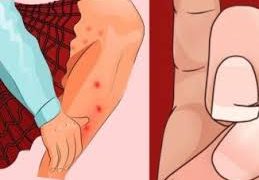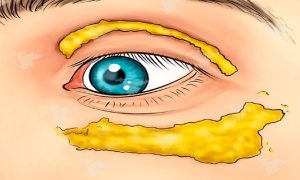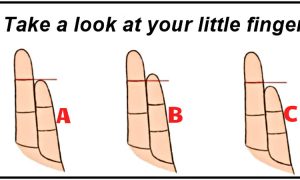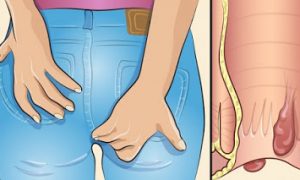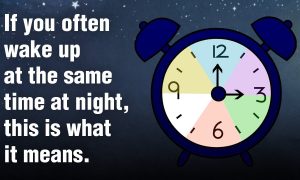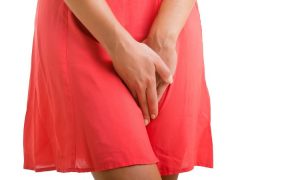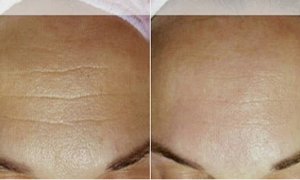Reflexology is a branch of TCM (Traditional Chinese Medicine) that has been proven to deal with health issues by pressing the rights points on a person’s body. These points have nerve endings connected to other body parts. By applying slight pressure on these specific points, one can seek to heal organs deep inside the body. It also aids circulation and the immunity system.
The concept of this science is based on restoring equilibrium between the yin and yang in our body. TCM ascribes bodily discomforts to the imbalance of the yin and yang. Since the nature of this treatment is absolutely non-invasive, and also completely natural, it is best suited for babies and small children.
Babies are unable to explicitly express their discomfort or pain, so their expression of discomfort is being fussy or cranky. In times, when your baby is bawling and you have no clue what the problem is, try falling back upon the techniques of reflexology. It will help you calm your baby down and relieve her or him of the bodily uneasiness. Since babies has undeveloped feet arches and soft bones and skin, the slightest pressure on these points restore the energy flow and circulation, bringing relief almost immediately.
When the baby starts walking, resorting to reflexology could also bring to your notice any problems caused to the feet by ill-fitted shoes; for example, corns, flat feet, or diseases like athlete’s foot.
Discussed below are some of the main points where pressure should be applied:
1. Head (ears, teeth, etc.)
To relieve the baby of pain from any ear infections, teeth troubles, or nasal problems, rub the toes of your baby lightly. Do the same for any discomfort that might stem from the head region.
2. Sinuses
For respiratory problems of any kind, like a runny nose, common cold, etc., press the toe tip centers slightly.
3. Chest congestions
Any forms of chest congestions, phlegm depositions, or chronic colds and coughs can be treated by applying pressure lightly to the top of the foot, over the top of the arch.
4. Solar plexus
This complex combination of nerves that are present between the stomach and the lungs can often cause discomfort to a baby. This pain can be treated by pressing the upper arch of the foot, two fingers from the tips of the toes.
5. Abdominal region
The abdominal region is treated by rubbing the entire arch of the foot; upper arch for the upper abdomen (problems like heartburn or bowel obstruction) and the lower arch for the lower abdomen (post digestive problems like constipation).
6. Pelvic region
For muscular or postural problems, press the heels of the baby, for instant relief.
Although all these techniques work to reduce pain, they are not methods of absolute cure. So, if a problem persists, visit a pediatrician for further consultation.
While applying reflexology techniques to aid your baby’s pain, remember that the massage must be very light and gentle. If the baby pulls away their feet or becomes crankier, stop massaging that point, as it may be causing more discomfort. These points are sensitive when the baby is ill, so always be careful. Massage sessions shouldn’t last more than 5 to 10 minutes.
Happy parenting!


